Why Is My Spider Plant Turning Brown
Spider plants, botanically named Chlorophytum comosum, are popular houseplants known for their long, arching leaves and small white flowers. They are appreciated for their air-purifying qualities and ease of care, plus, they are easy to propagate if you want to expand the collection. However, spider plants can sometimes showcase brown tips and get you worried. What is to blame for spider plant brown tips? Below are 4 major culprits you should consider.
Table of Contents
Overwatering or Underwatering Spider Plants
Watering is a critical aspect of almost all kinds of plant care, as water is a key component in the photosynthesis process and carries the role of nutrient transport. Regarding spider plant brown tips, both overwatering and underwatering can lead to the incident.
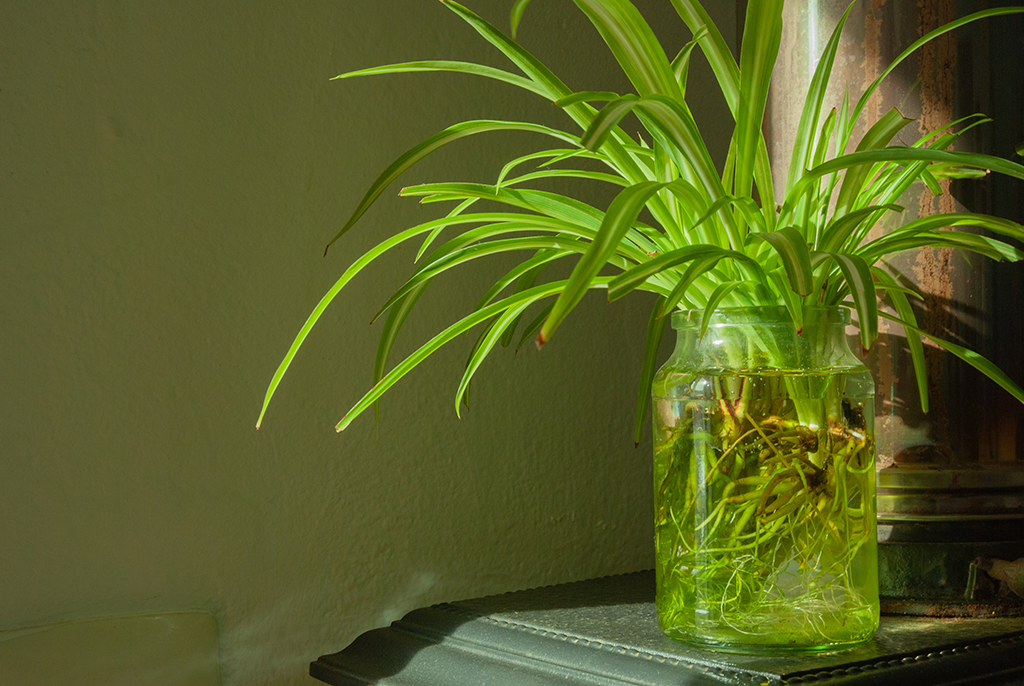
Overwatering
When Chlorophytum comosum plants receive too much water, their roots can become waterlogged, leading to root rot, which damages the roots, impairing their ability to absorb water and nutrients from the soil. As a result, the plant in fact suffers from water deficiency despite being in a waterlogged environment. This lack of water and nutrients reaching the leaves can cause stress to the plant, leading to symptoms such as brown tips on spider plants.
Underwatering
Conversely, if a Chlorophytum comosum doesn't get enough water, the leaf tips may dry out and turn brown. Additionally, if you see signs like wilting, crispy, or yellowing spider plant leaves, along with brown leaf tips, chances are you are underwatering the spider plant.
How to Fix Overwatering/Underwatering Spider Plants:
- For an underwatered plant, assess the potting mix and the moisture level in the container. Once make it certain that the spider plant is in need of water, place the plant in a sink or basin and water thoroughly, allowing the water to soak the soil completely. Repeat the soaking process if necessary.
- For an overwatered plant with extensive root rot, you'll need to trim away the affected areas to give the plant a chance to recover. Use sterilized scissors to cut away any brown or mushy roots and dispose of the damaged parts properly.
How to Prevent Overwatering/Underwatering Spider Plants
- Instead of watering the houseplant on a weekly or monthly basis, insert your index finger into the soil to see if the first two inches are dry before watering. After watering, always empty the saucer beneath the pot to ensure the soil doesn’t absorb unnecessary moisture.
- We have talked about this a thousand times, but remember to use a well-draining potting mix and pots with drainage holes to prevent water from pooling at the roots.
Water Quality
Tap water often contains fluoride (the latter is often added to the toothpaste). However, in certain regions, the tap water contains high levels of fluoride that’s chemically toxic to the spider plants. When Chlorophytum comosum plants absorb this chemically-laden water, it can damage their delicate leaf tissues, resulting in brown tips on spider plants.
Additionally, tap water can contain minerals such as chlorine, calcium, and magnesium, which can also build up in the soil. This buildup can create a condition known as salt accumulation, further stressing the plant and contributing to the browning of leaf tips.
How to Avoid:
Using distilled or rainwater definitely helps avoid these issues. You can also regularly flush out the excess fluoride from the plant's soil. To do this, take your spider plant outside and slowly pour a large watering can full of rainwater into the soil and let it filter through the pot. Make sure only to do this when the spider plant is not waterlogged.
Humidity Levels
Spider plants thrive in humid environments with humidity levels around 40-60%. When placed in very dry environments, particularly during the winter when heating is on high, low humidity can cause the Chlorophytum comosum leaf tips to dry out and turn brown.
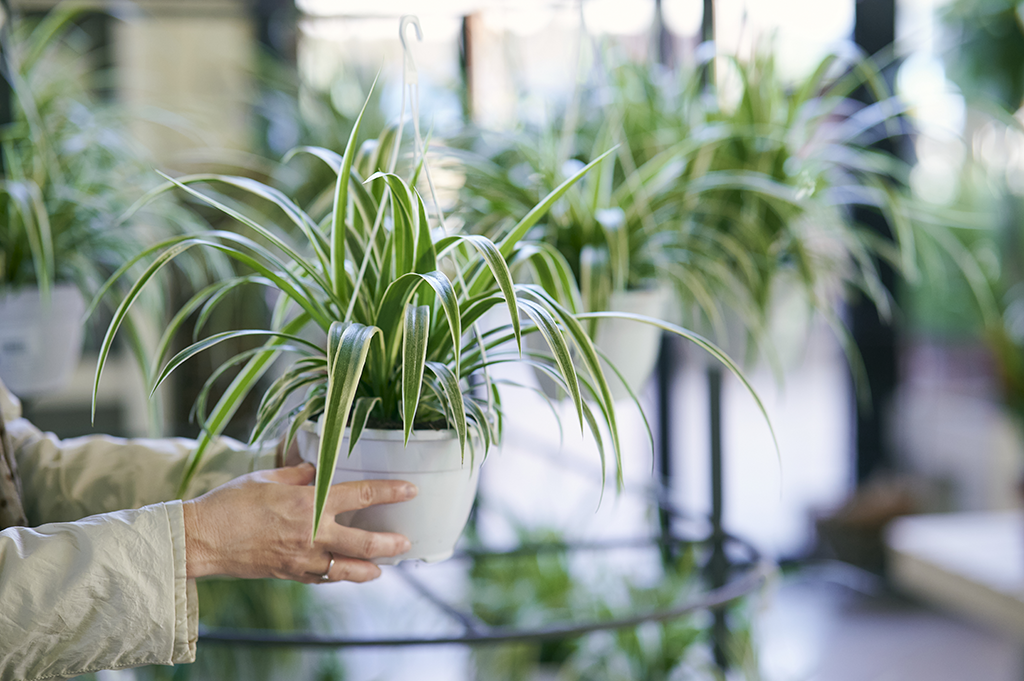
How to Prevent:
In terms of increasing humidity levels for houseplants, we have an article talking about how to do that in a grow tent. Fortunately, these versatile solutions, say, using plant humidifiers or grouping plants together, apply to any growing conditions and plant varieties.
Too Much Direct Light Exposure
Spider plants, like many houseplants, prefer bright, indirect light. When exposed to excessive sunlight, the leaves can become scorched, leading to brown tips and edges. This is particularly common if the plant is placed near a south-facing window where it receives intense sunlight for extended periods.
To prevent sunburn, simply move your spider plant to a proper spot, such as near a north or east-facing window.
What to Do with Spider Plant Brown Leaf Tips
When you spot the brown tips, is it better to keep them or get rid of them? Since most spider plant brown tips won’t come back to green, we suggest cutting them off so the plant can direct its energy to new healthy growth.
- Use a pair of sharp scissors or pruning shears to cut off the entire brown leaves or just the affected portions.
- Ensure to wipe the blades with rubbing alcohol between each snip to prevent the spread of diseases.
- Trim your plant in stages, as you should never remove more than 20% of the affected leaves at one time to avoid shocking the plant.
By identifying causes for spider plant brown tips and taking action, you can easily solve spider plant leaves turning brown.







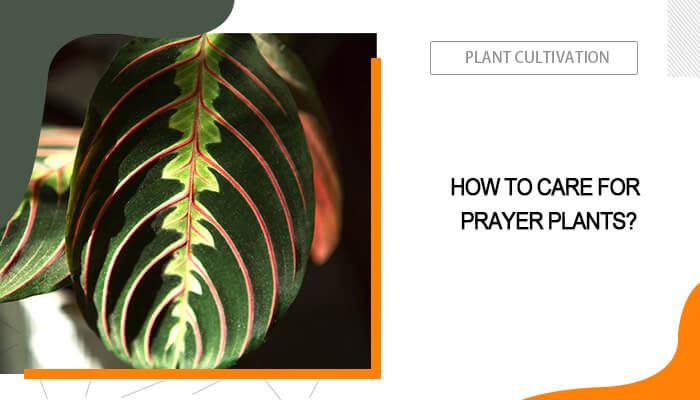


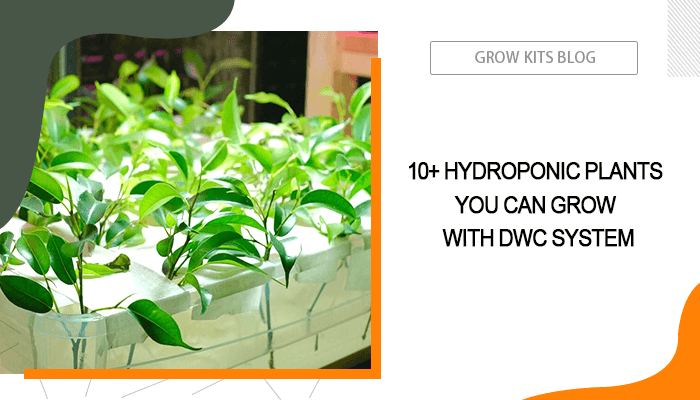



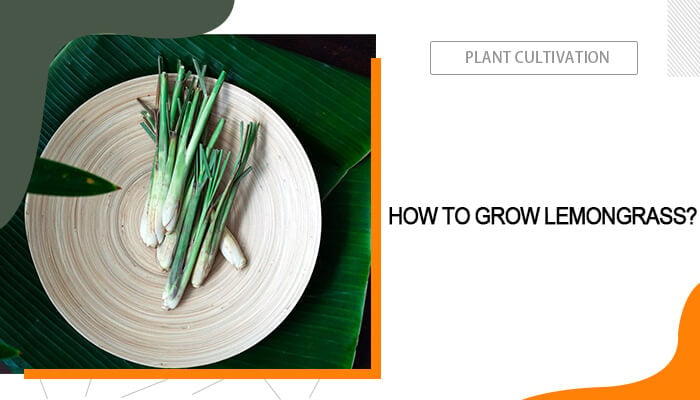

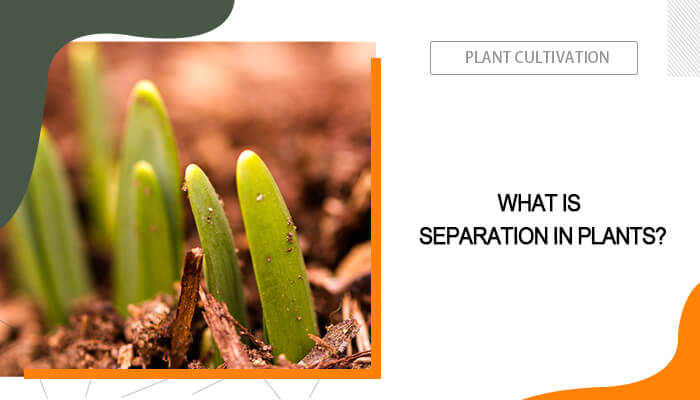


This post helps me a lot!